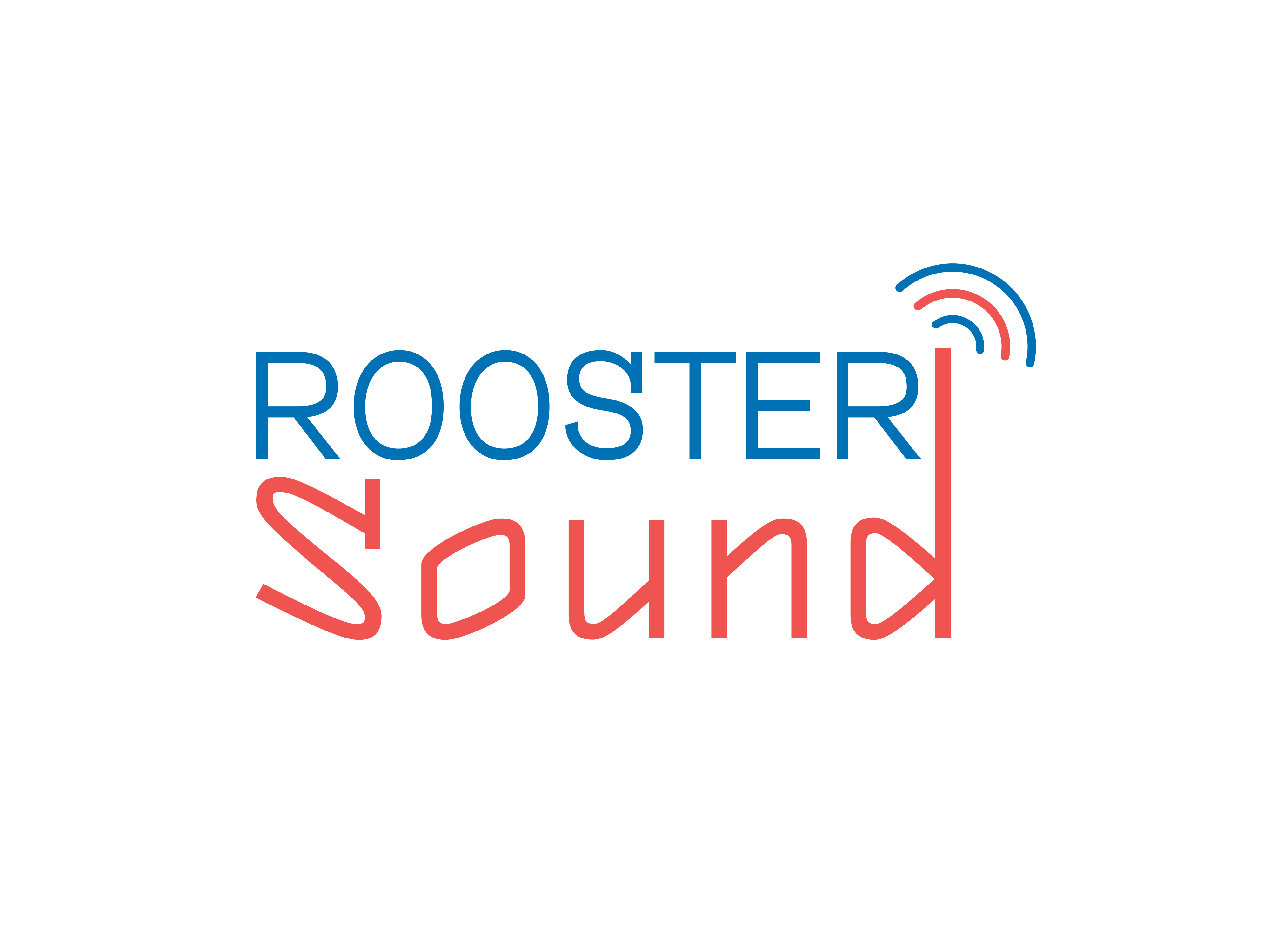Mental Health Considerations in Modern Safety Audits

Introduction
Workplace safety has traditionally focused on physical hazards, but modern safety audits must also consider mental health risks. Psychological well-being plays a crucial role in employee productivity, engagement, and overall workplace safety. Addressing mental health in safety audits ensures a comprehensive approach to risk management, fostering a safer and more inclusive work environment.
The Importance of Mental Health in Workplace Safety
Mental health directly impacts an employee’s ability to perform tasks safely. Stress, anxiety, burnout, and depression can lead to decreased focus, increased errors, and higher accident rates. Incorporating mental health considerations into a Safety Audit helps organizations:
- Identify stressors affecting employee well-being
- Reduce the risk of workplace incidents due to mental health issues
- Promote a supportive work culture
- Improve employee morale and retention
How Mental Health Fits into Safety Audits
Safety audits traditionally evaluate equipment, protocols, and compliance measures, but modern approaches also examine psychosocial factors. Mental health considerations should be integrated into audits to ensure comprehensive safety evaluations. Key areas of focus include:
- Workplace Stressors: Identifying causes of stress such as workload, management style, and job security.
- Workplace Environment: Assessing factors like noise, lighting, and workspace ergonomics that may contribute to mental strain.
- Employee Support Systems: Evaluating the effectiveness of mental health programs, counseling services, and employee assistance programs (EAPs).
- Communication and Reporting: Ensuring that employees feel comfortable reporting stress-related concerns without fear of stigma.
Key Indicators of Mental Health Concerns in Safety Audits
A well-structured audit should look for signs that indicate workplace mental health challenges. Some key indicators include:
- Increased absenteeism or presenteeism
- Higher turnover rates
- Frequent conflicts among employees
- Reduced productivity and engagement
- Reports of workplace bullying or harassment
By identifying these factors, organizations can take proactive steps to support employee well-being and prevent accidents caused by psychological distress.
Addressing Psychological Hazards through Safety Audits
Psychological hazards are just as critical as physical hazards. Organizations can integrate mental health considerations into safety audits by:
- Conducting Employee Surveys – Gather feedback on workplace stressors and overall mental well-being.
- Reviewing Workloads and Job Demands – Ensure workloads are manageable and fair.
- Evaluating Workplace Culture – Assess management styles, team dynamics, and inclusivity.
- Monitoring Work-Life Balance – Encourage policies that support employee well-being.
- Providing Training and Awareness – Educate employees and managers on recognizing and addressing mental health issues.
Role of Leadership in Promoting Mental Well-being
Leaders and managers play a crucial role in creating a mentally healthy workplace. They must be trained to recognize signs of distress and provide necessary support. A Safety Consultant can assist in designing effective workplace policies that foster a positive mental health culture.
The Link Between Mental Health and Process Safety
Mental well-being affects decision-making, situational awareness, and response times. In high-risk industries, stress or fatigue can result in severe accidents. Implementing Process Safety Management ensures that mental health factors are considered in operational risk assessments, thereby improving workplace safety.
Fire Safety and Psychological Preparedness
Emergencies, such as fires, can trigger anxiety and panic, affecting employees’ ability to respond effectively. A Fire Audit should assess the psychological preparedness of employees by ensuring they are trained to handle emergencies calmly and effectively.
Conclusion
Modern safety audits must go beyond physical hazards to include mental health considerations. A holistic approach to workplace safety ensures not only compliance but also the overall well-being of employees. Integrating psychological safety measures into workplace audits fosters a culture of trust, resilience, and enhanced safety for all employees.







